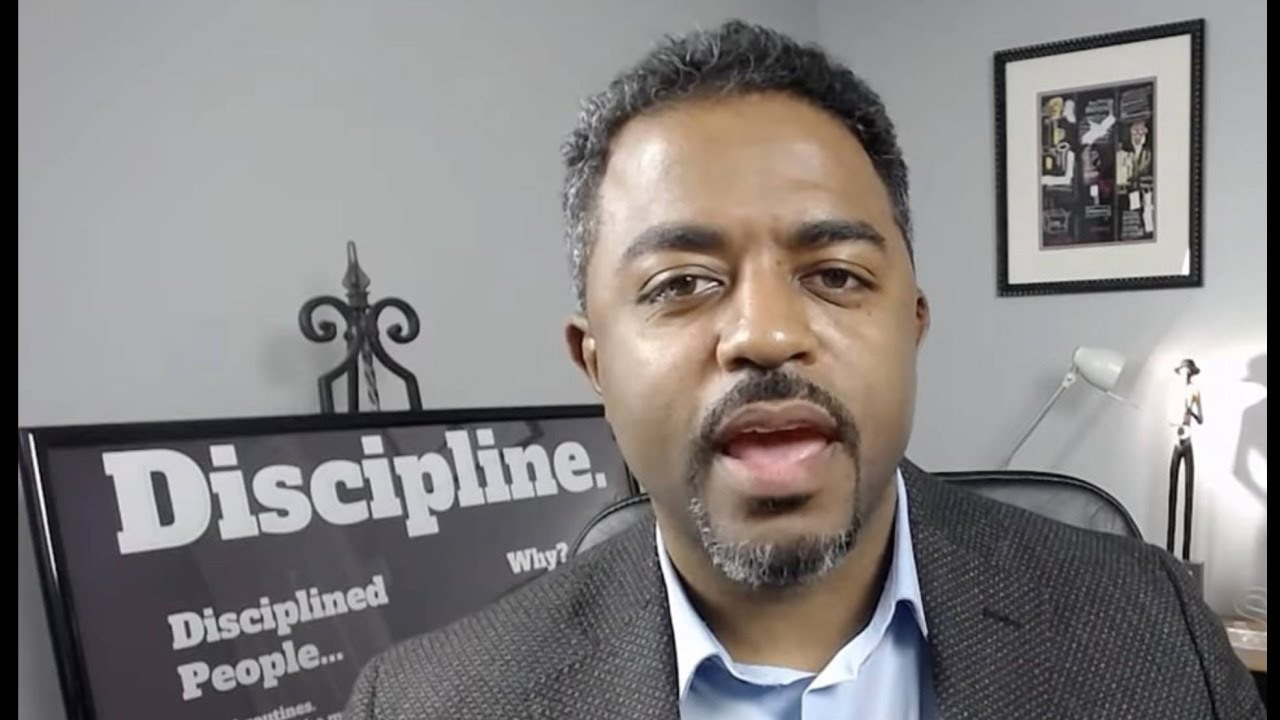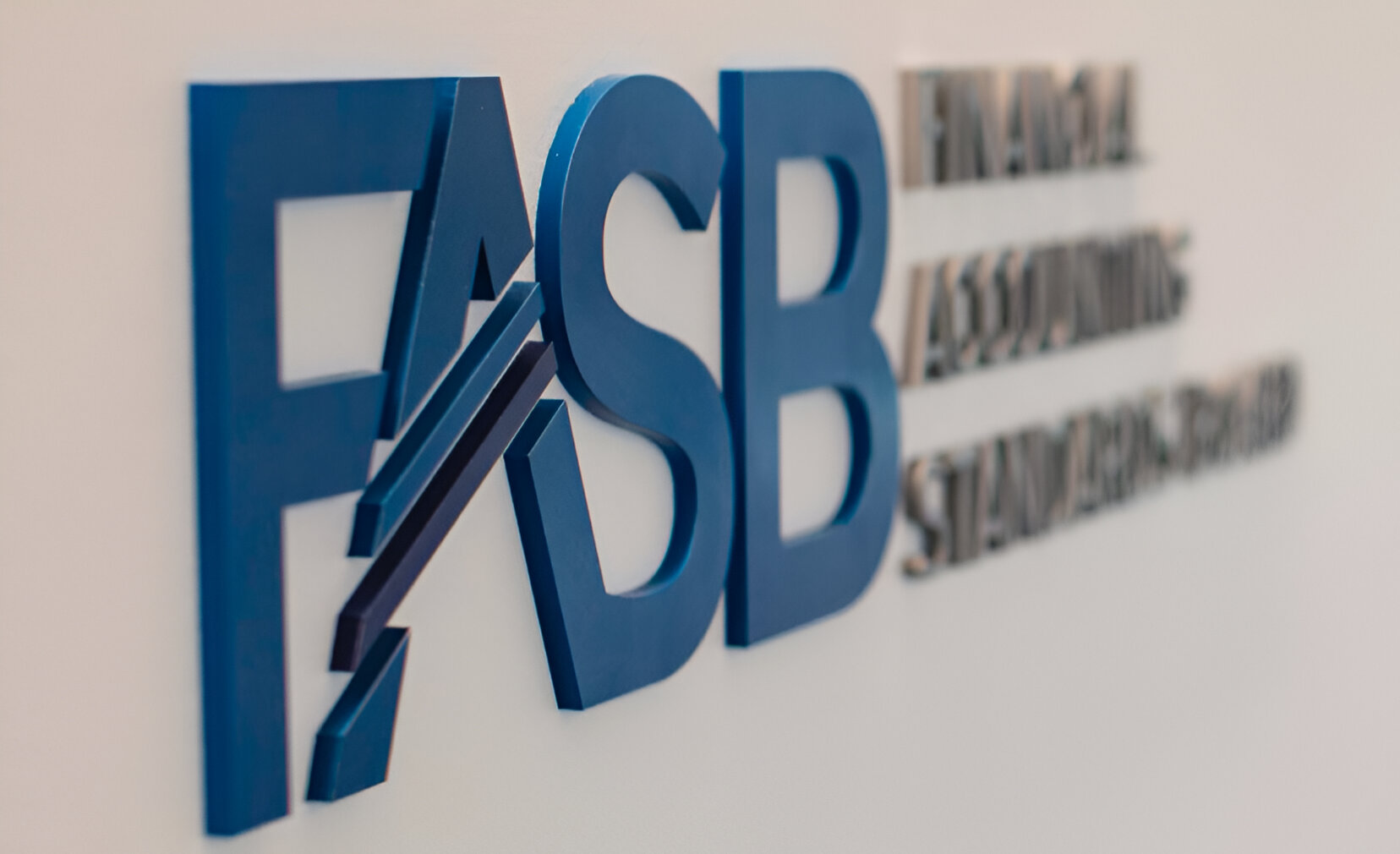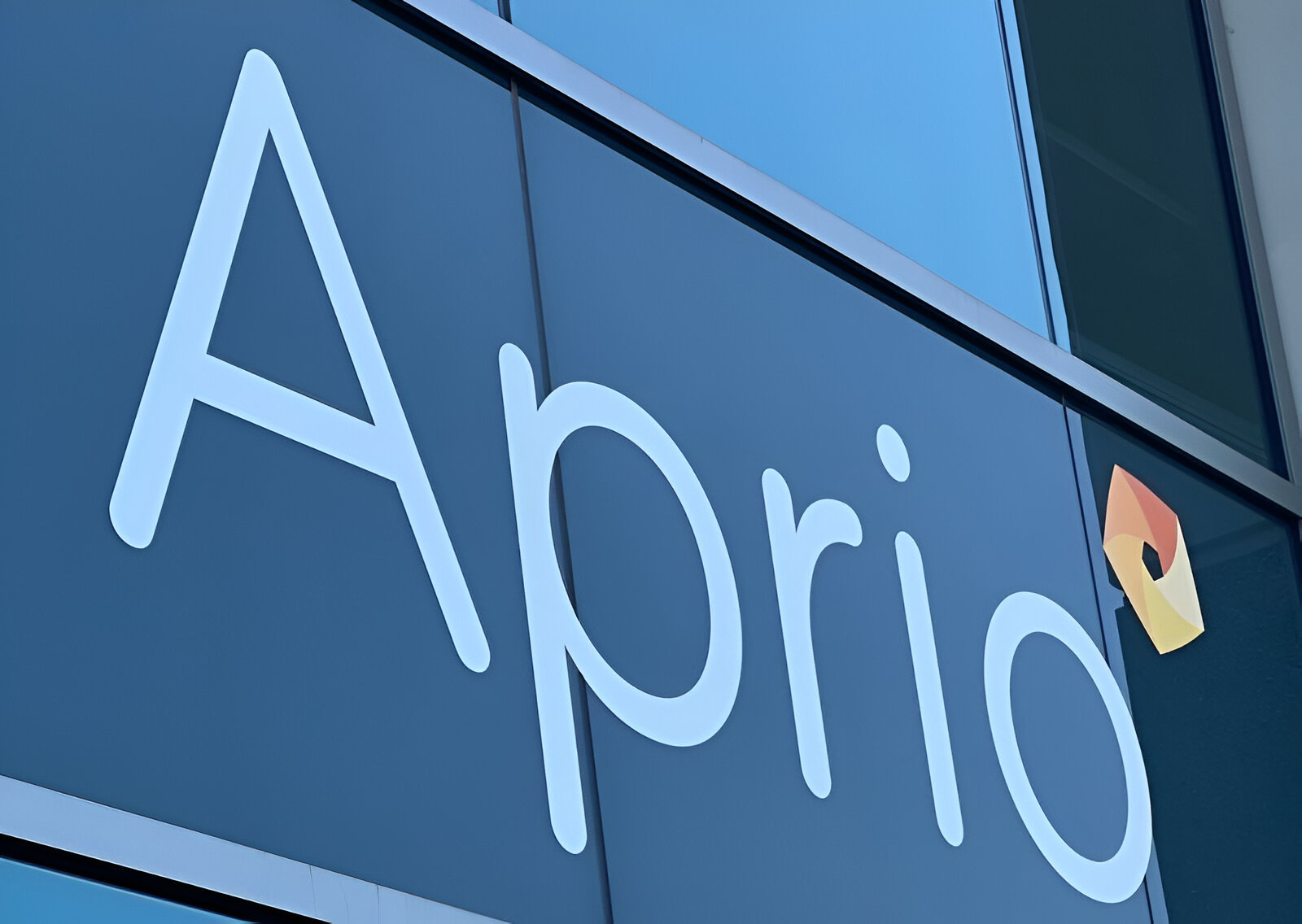By Kane Polakoff and Kim Austin.
Teamwork: The process of working collaboratively with a group of people to achieve a goal. So, what’s the goal? Creating a healthy and thriving client accounting and advisory services (CAAS) practice.
A strong CAAS practice includes three elements: people, processes, and technology. Hopefully, you’ve established a strong internal team with efficient training and processes already. The third and equally critical element to the success of a thriving CAAS practice is the foundational technology upon which it is built.
In today’s competitive market, you cannot afford to entrust the critical elements of your daily client offerings to unreliable technology partners (think automation and scaling). It’s best to build technology vendor/supplier relationships on solid communication, trust, and an unwavering commitment to the success of the mutual client. A critical first step is researching and vetting any potential technology partners to ensure they are the right fit for you and your clients.
Ok, you’ve done your research and selected your technology partners, so how do you ensure the partner relationships you’ve decided upon are successful? Let’s explore some best practices to keep in mind as you work to establish your partnerships and take them to the next level.
Nothing is more important than open communication and ensuring you and your partners align on the expectations for delivering exceptional client experiences. Remember to:
DTR: Define the relationship
- Think long-term. Developing partnerships that can grow with your practice will help keep your employees up to date on the technology and support client retention.
- Communicate regularly. Establish a cadence with each partner to communicate feedback and develop a plan to implement.
- Utilize support. The technology partner should have a robust support function available to you on-demand. Support should be knowledgeable and proactive, so take advantage of it and leverage their expertise to benefit your clients and save you time.
- Refer when it makes sense. You’re not obligated to send ten clients to your technology partner each month. Be clear you will refer when it makes the most sense for your clients and only after a solid foundation is built.
DTW: Do the work
- Invest in the relationship. Put in the effort to build the relationship and work to grow it. Present at a conference together, host webinars, or create thought leadership content that highlights the advantages such a partnership creates for you, your partner, and your mutual clients.
- Don’t rush it. Strong partnerships don’t happen overnight, but by nurturing the relationship, you’ll create competitive advantages for all parties.
- Constantly evaluate. Do you feel like the relationship is purely transactional? Is the support not being delivered as promised? Continuing to evaluate each partnership and discussing concerns will ensure you maintain the right ones.
DIT: Do it together
- Integrate. The best partnerships evolve when the vendor is a true extension of the firm’s team. The support should be seamless for the team and clients.
- Share a vision. Partnerships will never work if you and your partners only look out for your own interests. It’s crucial to work as a team and keep the focus on the success of your mutual clients.
When you work as a team to find solutions, there is much to be gained for both you and your partners, and especially your mutual clients. Every partner you select might not turn out to be the right one, but by implementing the best practices above, you have the best chance at success. Be willing to devote the time to research, develop, and nurture your partnerships, and you’ll find teamwork truly does make the CAAS dream work.
======
Kim is Director of Global Strategic Accounting Partnerships at Avalara. Kane is National Practice Leader, Client Accounting and Advisory Services Division at UHY Advisors.
Thanks for reading CPA Practice Advisor!
Subscribe Already registered? Log In
Need more information? Read the FAQs
Tags: Accounting, Advisory, Firm Management, Technology




